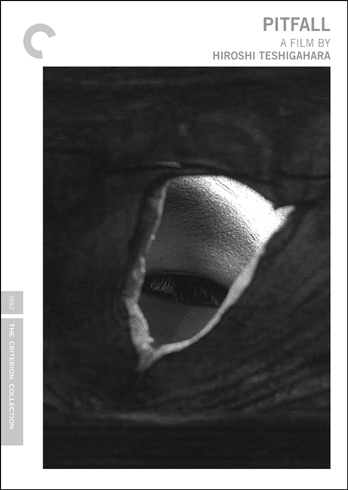Dillinger Is Dead doesn't actually have any moments that - when taken out of context - would imply the film is surreal or even unusual. The closest would probably be the moment when the lead character (only named in the script) paints his new-found gun red with polka dots. Instead, the film's plot is about as straightforward as it comes, and could probably be told in a film one tenth the length of the movie.
The two biggest questions surrounding Dillinger Is Dead then become 1. What is happening in the negative space around the plot? and 2. How do these elements combine to form a film which is distinctly out of the ordinary - even separated from reality?
The film I was first reminded of while watching Dillinger Is Dead was Jeanne Dielman, 23, Quai du Commerce, 1080 Bruxelles. However, while both films revel in the monotony of the moments between conventional cuts and (spoiler alert) ultimately climax with an unexpected and cold-blooded murder, their messages stem from different realms of modern living - one the domestic space, the other the commercial/industrial one (even though ironically both films take place primarily in a home). This of course highlights the contrast between the depiction of women in Akerman's film - often cited as one of the towering masterpieces in feminist cinema - and in Ferreri's Dillinger Is Dead - at best a provocation meant to expose the inner misogynistic tendencies of the primitive man a la Fight Club, at worst a rejection of the supposed "feminization" of mod society. Ferreri's protagonist uses one woman for honey sex (a new phrase!), harasses and then murders another, and manages to metaphorically replace his need for a woman by making himself a damn good dinner to enjoy over a nice television show about how even teenage girls have bought into The Man's plans for us all.
If I didn't think Ferreri was aware of the nature of these plot points and the ways in which they would be received it would be much easier to dismiss the film. But it is clear that they were intentional. It's just that while the satire of the film is thick and evident, it's not so cut and dry at whom the gun is pointed. Ferreri teases the viewer early on for attempting to interpret his film in full by essentially laying out the gas mask metaphor with a purposefully brutish clumsiness - it couldn't have been more obvious if Ferreri himself came on the screen and explained the symbolism of his protagonist's job. He achieves this so thoroughly that the obliqueness of the rest of the film seems that much more intentional (Ferreri once said he was 50% misogynist and 50% feminist, which is kind of like saying "fuck you").
Really, then, everything is happening between the plot points - everything that matters, anyway - and this is precisely what makes the film so hard to pin down. It's enough to make you resent Ferreri for the same reason Lars Von Trier seems like such a colossal asshole, playing an eternal joke on his viewer. Only Ferreri seems vastly more interested in connecting with his audience - he just isn't sure what his audience is or, like his protagonist at the end of the film, what he's going to do when he figures it out.










